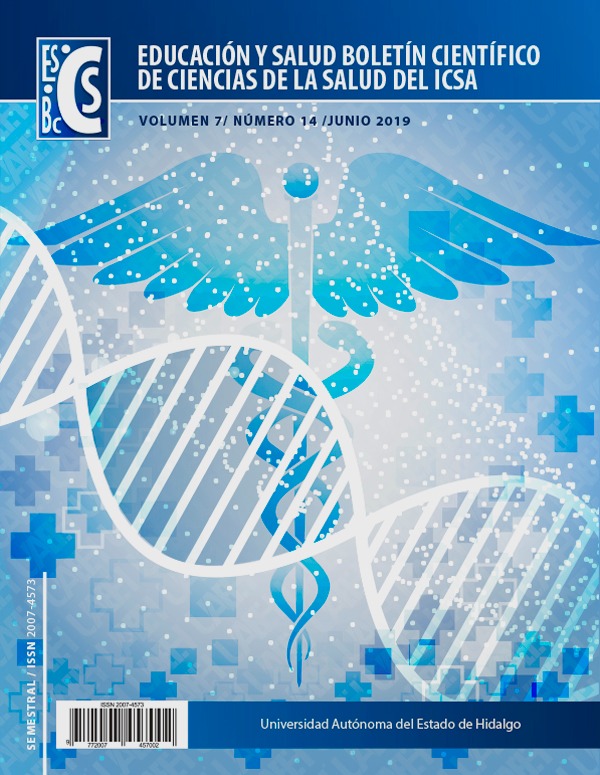Diabetic Foot: Current Diagnostic and Treatment Strategies
Abstract
The diabetic foot is the result of neuropathy, peripheral vascular disease, and other modifiable and non-modifiable factors. The diabetic foot is evidenced as infection, ulceration and destruction of the local tissues. The infection of the diabetic foot is an emergency because its symptoms and local or systemic signs are masked. It has been reported that there is a late or inadequate diagnosis in 80% of cases. Numerous classification systems have been established, as well as recommendations for their diagnostic and therapeutic approach, always adjusting to the individual needs of each patient. The goal of prevention and a good diagnosis is to avoid ischemia, infection and subsequent amputation with a predisposition to a decrease in the quality of life.
Downloads
References
Organización Mundial de la Salud [Internet]. Informe Mundial Sobre la Diabetes; 2016. [citado 22 Feb 2019].
Chandra S, Chhatbar KC, Kashikar A, Mehndiratta A. Diabetic Foot. BMJ 2017 Nov 16;351:1-7
American Diabetes Association. Microvascular Complications and Foot Care: Standards of Medical Care in Diabetes – 2019. Diabetes Care 2019;42(Suppl. 1):S124-S138
Dietrich I, Arruda BG, Gomes de Melo F, Calmon da Costa SAC. The Diabetic Foot as a Proxy for Cardiovascular Events and Mortality Review. Current Atherosclerosis Reports 2017;19(11):42-52
Del Castillo RA, Fernández JA, Del Castillo FJ. Guía de práctica clínica en el pie diabético. Archivos de Medicina 2014;10(2:1):1-17.
Noor S, Zubair M, Ahmad J. Diabetic foot ulcer – A review on pathophysiology, classification and microbial etiology. Diabetes & Methabolic Syndrome: Clinical Research & Reviews 2015(9):192-199.
Jneid J, Cassir N, Schuldiner S, Jourdan N, Sotto A, Lavigne JP, et. al. Explorind the Microbiota of Diabetic Foot Infections With Culthuromics. Frontiers in Cellular and Infection Microbiology 2018 Ago 14;8(232):1-8.
Woo J, Heo W, Suk MS, Lee JH. The appropriate management algorithm for diabetic foot. Medicine 2018;97(27):1-11.
Chuan F, Jiang P, Zhou B, He X. Reliability and Validity of the Perfusion, Extent, Depth, Infection and Sensation (PEDIS) Classification System and Score in Patiens with Diabetic Foot Ulcer. PLoS ONE 2015 Abr 13;10(4):1-9.
Asociación Mexicana de Cirugía General A.C [Internet]. Prevención, Diagnóstico y Tratamiento de Infecciones en Pie Diabético; 2014. [citado 25 Feb 2019].
Miller JD, Carter E, Shih J, Giovinco NA, Boulton AJM, Mills JL, et. al. How to do a 3-minute diabetic foot exam. The Journal of Family Practice. 2014 Nov; 63(11):646-656.
Ghotaslou R, Memar MY, Alizadeh N. Classification, microbiology and treatment of diabetic foot infections. Journal of Wound Care 2018 Jul; 27(7):434-441.












